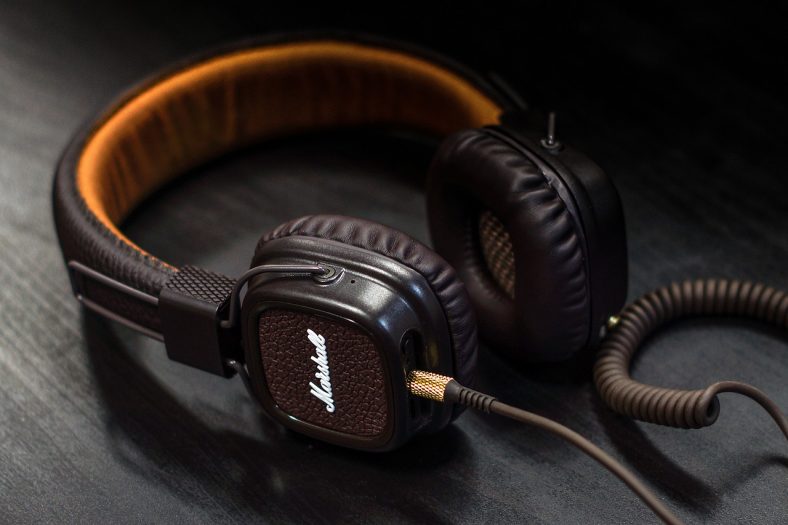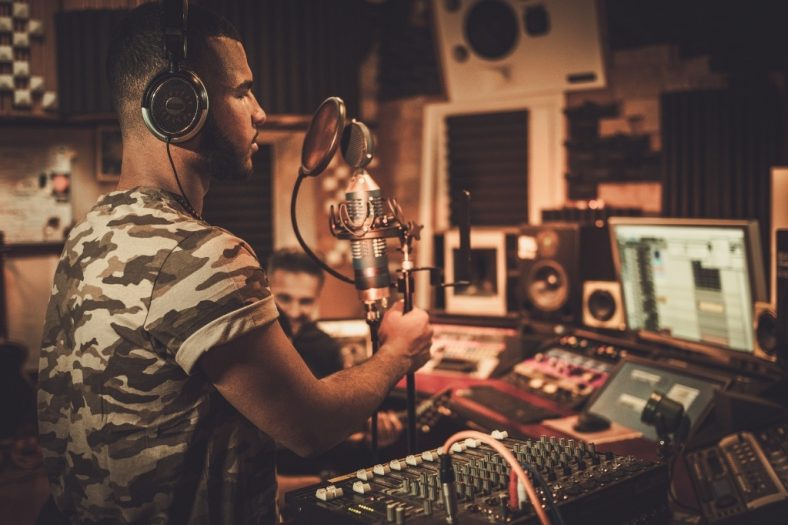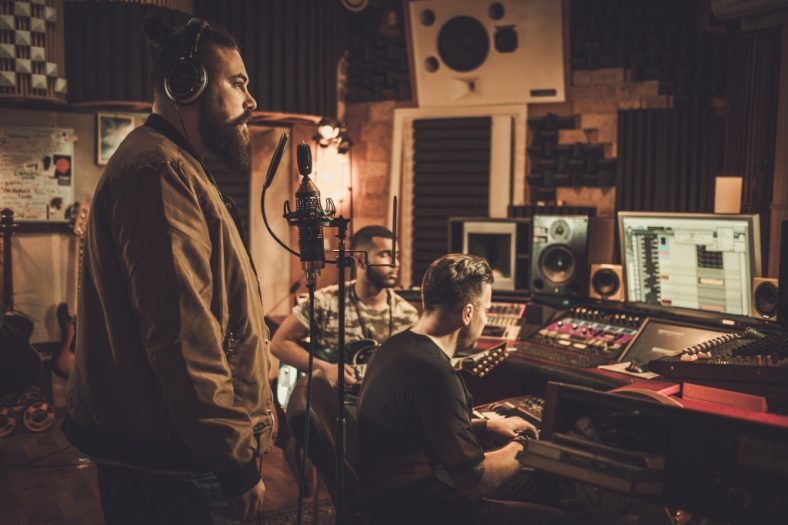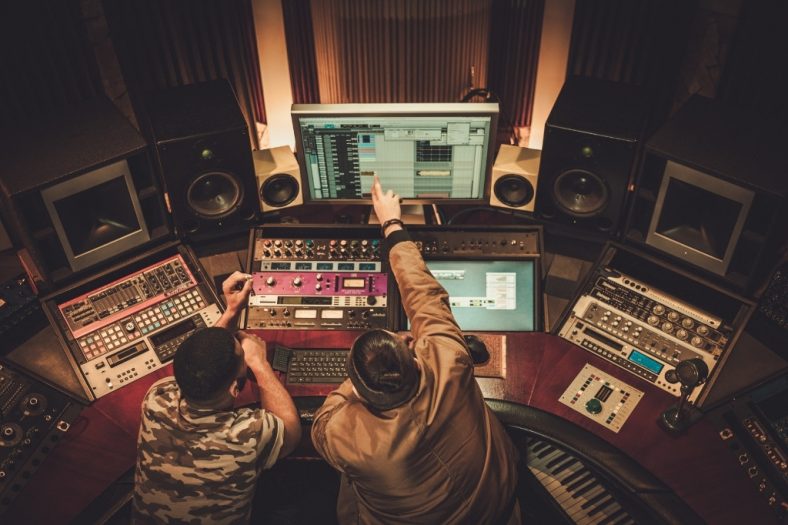What’s the Difference Between a Single, EP, and LP?

A single is a song that has been released, usually ahead of time, to promote an album in most cases. An EP stands for ‘Extended Play’ which is a half-length album released by a band or artist. An LP stands for ‘Long Play’ and it represents a full-length album.
First of all, we can distinguish between physical and digital formats.
Physical formats can be CDs, vinyl records, cassettes, and they can be purchased at your favorite store, like any other good.
Digital formats, instead, can either be downloaded or streamed. The most common file type in music is the MP3, quite light but of good quality.
If we look at the structure and the organization of the tracks in any of the formats mentioned above, we can classify musical products in Singles, EPs, and LPs.
Knowing the difference between these formats is essential for independent artists, as each one of them can play a specific role in the promotional strategy of a project.
Single records

Singles focus on exactly what the name suggests: single tracks. But there’s often more than one song on a single release!
Although they have gained a lot of popularity since the advent of streaming, they have always been on the market.
Before the new music industry took place, record labels used to select two songs from an artist’s album and sell this couplet as a single. With vinyl records, these two songs were placed respectively on each side of a 45 rpm disc. One of the tracks, on Side A, was usually the “main” single, the song most promoted and pushed on radio stations and TVs. The other song, Side B, was a more obscure one. This was a clever promotional strategy, as consumers were pushed to want more of the upcoming album.
Nowadays singles are most commonly one-track releases, almost always in digital format, although they can contain up to three songs.
As we live in quickly-changing times, with trends lasting for as little as hours, both independent musicians and top record labels have switched their business model from album-based to single-based. To keep the audience engaged, they aim at gaining momentum repeatedly, rather than only once or twice a year. That’s why both obscure and popular artists may release one track once a month, rather than a full-length album once a year.
Singles work great in the new music industry for another reason too: they can be supported by the most important communicative medium of our time, the video format.
Videos are extremely popular. Brands, artists, and even common people produce and release videos on a daily basis. Whether it is for presenting a new product, a new book, a new song, or simply to give an account of a great day spent with family and friends, we all tend to turn to the camera to share our ideas.
Therefore, it can be an effective strategy to release singles periodically and support them with interesting music videos. It is a great formula to grab people’s attention and keep your fanbase engaged.
Extended plays

EP stands for “extended play”. The term has been around since the golden age of vinyl records. EPs, commonly played at 45 rpm, were distinguished from the standard play records, which were usually reproduced at 78 rpm.
They were normally shorter than standard plays but longer than single records. In the Fifties, Sixties, and Seventies, EPs were mostly used as greatest hits collections (such as 1963 The Beatles’ Hits), or extensions of single records (such as 1956 Elvis Presley’s Love Me Tender, featuring four tracks in total). EPs worked better in jukeboxes, so a few record companies used to release EP versions of standard LPs specifically for this use.
EPs are still a category between singles and full-length albums and they are gaining popularity among independent bands and emerging acts, as they are cheaper to produce than LPs but can better highlight an artist’s vision and style compared to singles. They usually feature a number of songs between three and six.
Both singles and EPs can be part of an effective promotional strategy for contemporary musicians.
For example, even world-known pop star Miley Cyrus announced that her upcoming seventh studio album will be published as a series of three EPs.
It is a clever way to retain the attention of a fanbase in an era of such low attention span rates.
Long plays

If you want to release more than six songs, you are probably going for an LP, a.k.a. “long plays”.
Long plays were introduced by Columbia Records in 1948 but soon became the standard format for full-length albums.
When LPs were first introduced, the vinyl records they were impressed on had a capacity of 23 minutes per side. That amount of time got periodically increased, until the advent of compact discs, that stretched that capacity even further. With digital formats, of course, the time available is potentially infinite.
In other words, the LP format is great for musical projects that require “space”: for example, concept albums, which tell a single story throughout the entire tracklist.
As you can easily imagine from what was mentioned in the previous sections, LPs are now losing popularity over singles and EPs.
They once were considered a milestone for recording artists, as it was expensive and challenging to record a full-length album. If you managed to do that, it meant you had made it! But nowadays, even very successful artists seem to prefer shorter releases.
This trend is a natural result of the technical and cultural evolution the music industry has gone through in the last few decades. However, some artists still favor full-length albums as they leave more room and offer more layers to tell a story.
In conclusion, there is no right or wrong format to choose when publishing music. Your choice will depend on the characteristics of your project. However, due to the functioning of the new music industry, it is advisable to plan a single-based strategy even when you want to release an LP.
Remember what the key concept is: keep your audience engaged!
Conclusion
In sum, there is no one-size-fits-all answer when it comes to deciding on a music release format. It depends on the project’s characteristics and what the artist is hoping to achieve.
However, in today’s music industry, singles are generally more advantageous than longer formats like LPs. This is because they are easier and cheaper to produce, and they keep fans more engaged with shorter attention spans.
That said, there are still some artists who prefer full-length albums for their storytelling potential. So it’s important to consider all the options and make a decision that best suits your project. Thank you for reading!





